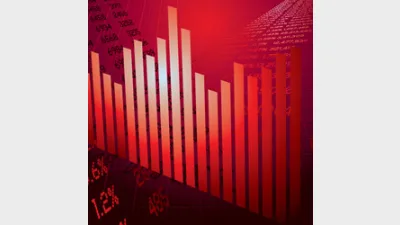Iinstitutional investors still unsure about ETFs: Russell



Education, cost and liquidity are all factors preventing Australia’s institutional investors from using exchange-traded funds (ETFs) more widely, according to an industry expert.
New research from Deloitte Actuaries and Consultants and commissioned by Russell Investments has found that although institutional investors have used ETFs in the past, there is still much hesitation surrounding the relatively new investment vehicle.
Russell director of ETFs, Amanda Skelly, said the main obstacle to increased use by institutions was a lack of secondary market liquidity and depth.
“[Institutional investors] just don’t see a lot of liquidity here in the market and they are right: there isn’t, compared to the rest of the world. We are at very earlier stages here,” she said.
“But because of that there are other ways of accessing liquidity here. You can go direct to the brokers and get immediate access to the underlying liquidity and they can negotiate commissions directly with the brokers.”
Skelly said there also needed to be more product innovation and education from providers to help explain how ETFs can be implemented in portfolios and how they can meet institutional investors’ needs.
Currently, many institutional investors prefer to use futures or low-cost managed funds to get quick exposure to an asset class, Skelly said.
But if used in the longer term, Skelly said ETFs could be more cost-effective due to franking credits and the lack of rollover costs that futures can incur.
But the outlook for possible usage of ETFs among institutions is not bleak, with 30 per cent of respondents considering using the vehicle in the future in a significant way.
Recommended for you
Ethical super fund Australian Ethical has announced the appointment of Anthony Lane as chief operating officer.
The structural shift towards active ETFs will reshape the asset management industry, according to McKinsey, and financial advisers will be a key group for managers to focus their distribution.
ASIC has warned that practices across the $200 billion private credit market are inconsistent and, in some cases, require serious improvement.
A surge in electricity prices has driven the monthly Consumer Price Index to its highest level in a year, exceeding forecasts.









